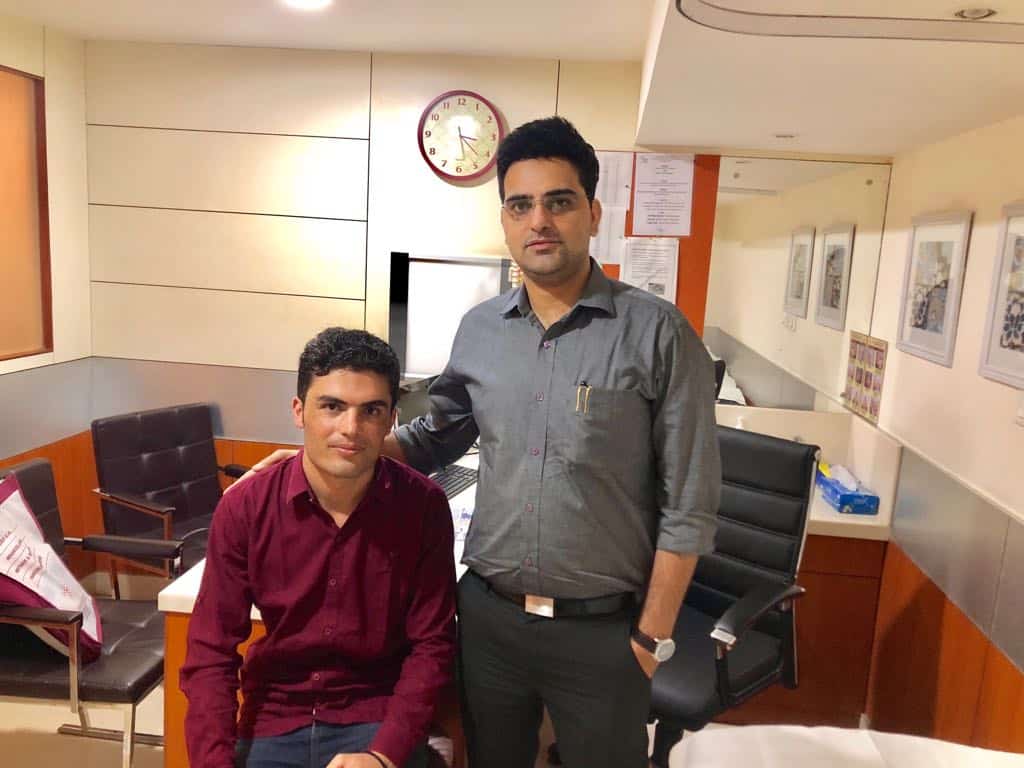Post-polio syndrome
Post-polio syndrome (PPS) is a condition that affects polio survivor’s years after recovery from an initial acute attack of the poliomyelitis virus. Post-polio syndrome is mainly characterized by new weakening in muscles that were previously affected by the polio infection and in muscles that seemingly were unaffected. Symptoms include slowly progressive muscle weakness, unaccustomed fatigue (both generalized and muscular), and, at times, muscle atrophy. Pain from joint degeneration and increasing skeletal deformities such as scoliosis are common. Some patients experience only minor symptoms. While less common, others may develop visible muscle atrophy, or wasting.
HIV – pain from muscle wasting and anti-viral medications
Pain is common in people living with HIV (HIV+ people). One study found that more than half of women living with HIV had pain in the last six months. Pain can occur at all stages of HIV disease and can affect many parts of the body. Usually pain occurs more often and becomes more severe as HIV disease progresses. But each individual person is different. While some people may experience a lot of pain, others have little or none. The good news is that, as HIV treatments have improved, fewer people living with HIV are experiencing pain.
Chronic Abdominal Pain
Chronic abdominal pain is pain that is present for more than 3 months. It may be present all the time or come and go (recurring). Chronic abdominal pain usually occurs in children beginning after age 5 years. About 10 to 15% of children aged 5 to 16 years, particularly those aged 8 to 12 years, have chronic or recurring abdominal pain. It is somewhat more common among girls. About 2% of adults, mainly women, have chronic abdominal pain.
Pelvic Pain
Chronic pelvic pain is pain in the area below your bellybutton and between your hips that lasts six months or longer.Chronic pelvic pain can have multiple causes. It can be a symptom of another disease, or it can be a condition in its own right. If your chronic pelvic pain appears to be caused by another medical problem, treating that problem may be enough to eliminate your pain. However, in many cases it’s not possible to identify a single cause for chronic pelvic pain. In that case, the goal of treatment is to reduce your pain and other symptoms and improve your quality of life.
Ischemic Leg Pain
Peripheral arterial disease (P.A.D.) occurs when plaque (plak) builds up in the arteries that carry blood to your head, organs, and limbs. Plaque is made up of fat, cholesterol, calcium, fibrous tissue, and other substances in the blood. When plaque builds up in arteries, the condition is called atherosclerosis (ATH-er-o-skler-O-sis). Over time, plaque can harden and narrow the arteries. This limits the flow of oxygen-rich blood to your organs and other parts of your body. P.A.D. usually affects the legs, but also can affect the arteries that carry blood from your heart to your head, arms, kidneys, and stomach. This article focuses on P.A.D. that affects blood flow to the legs.





